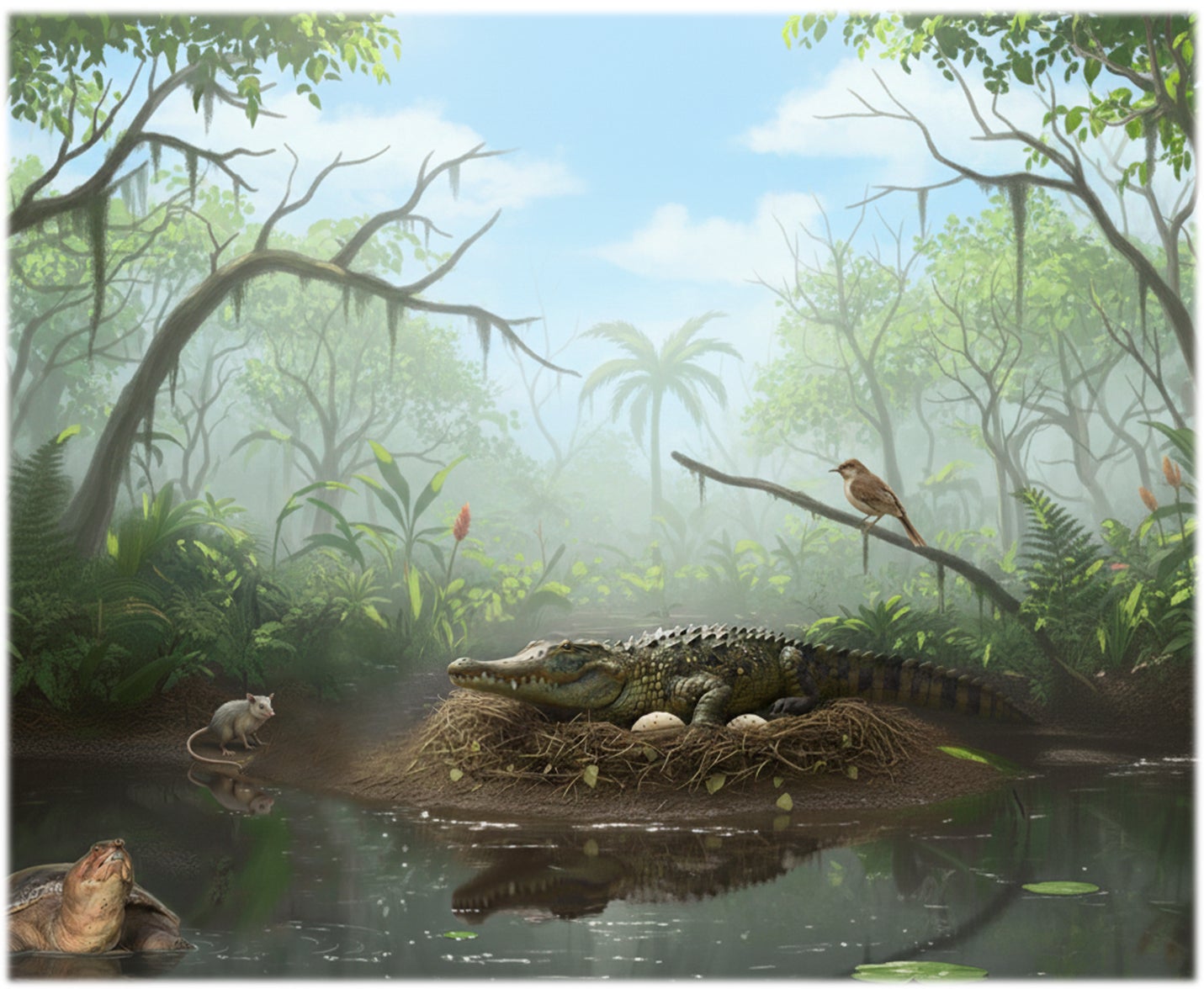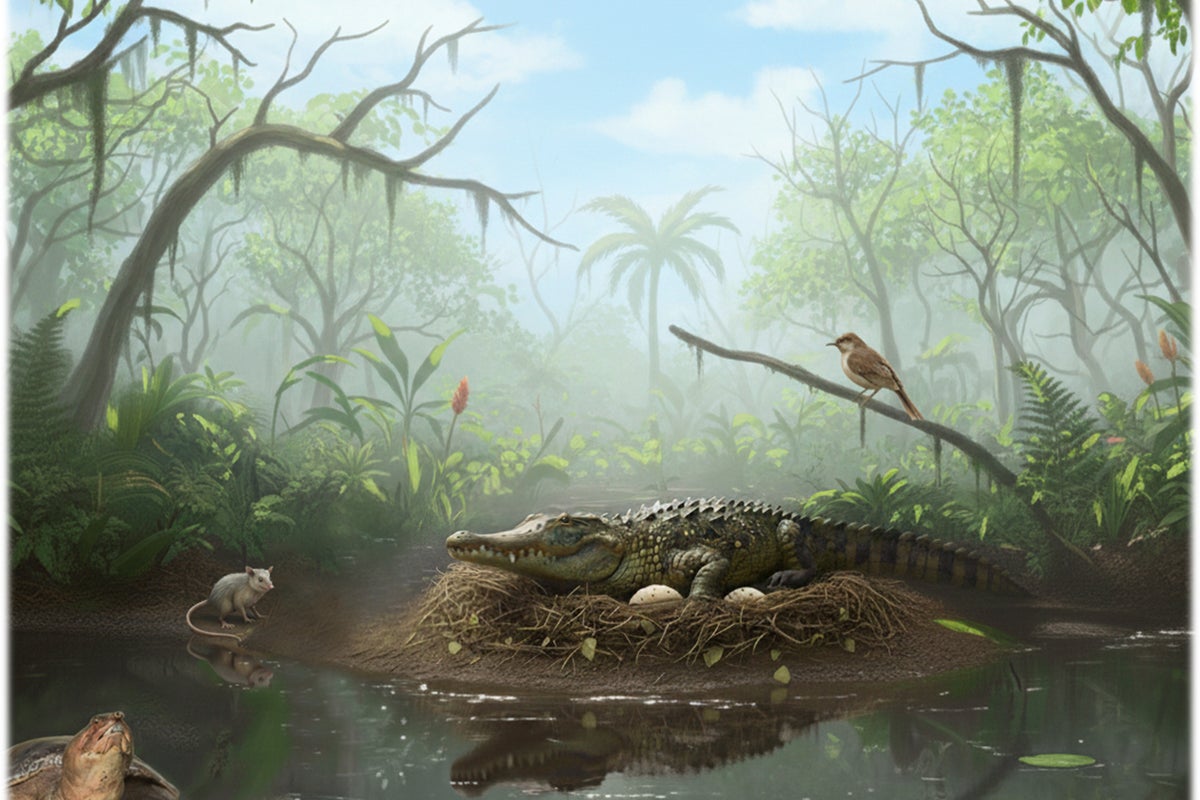Your support helps us to tell the story
From reproductive rights to climate change to Big Tech, The Independent is on the ground when the story is developing. Whether it’s investigating the financials of Elon Musk’s pro-Trump PAC or producing our latest documentary, ‘The A Word’, which shines a light on the American women fighting for reproductive rights, we know how important it is to parse out the facts from the messaging.
At such a critical moment in US history, we need reporters on the ground. Your donation allows us to keep sending journalists to speak to both sides of the story.
The Independent is trusted by Americans across the entire political spectrum. And unlike many other quality news outlets, we choose not to lock Americans out of our reporting and analysis with paywalls. We believe quality journalism should be available to everyone, paid for by those who can afford it.
Your support makes all the difference.Read more
Researchers have discovered Australia’s oldest-known crocodile eggshells belonging to a “bizarre” reptile that hunted from trees some 55 million years ago.
This was epochs before modern saltwater and freshwater species arrived on the continent.
Researchers have been carrying out excavations for decades at a clay pit in a grazier’s backyard in the Queensland town of Murgon, offering a window back in time to when the continent was still connected to Antarctica and South America.
Now, they have uncovered the oldest crocodilian eggshells ever found in Australia. They belong to a strange “mekosuchine” clade of extinct crocodiles that dominated inland waters 55 million years ago, according to a new study published in the Journal of Vertebrate Paleontology.
It has been named Wakkaoolithus godthelpi after the Wakka Wakka First Nations people on whose country the fossils were found.
 Reconstruction of the Murgon paleoecosistem during the early eocene (University of New South Wales)
Reconstruction of the Murgon paleoecosistem during the early eocene (University of New South Wales)
Some of these crocodiles grew up to five metres long. “It’s a bizarre idea. But some of them appear to have been terrestrial hunters in the forests,” palaeontologist Michael Archer from the University of New South Wales, one of the authors of the new study, said. “Some were also apparently at least partly semi-arboreal ‘drop crocs’. They were perhaps hunting like leopards – dropping out of trees on any unsuspecting thing they fancied for dinner.”
Researchers said the extinct crocodiles laid eggs on the margins of lakes and adapted their reproductive strategy to fluctuating conditions. They eventually had to adapt to shrinking waterways and dwindling numbers of their large-sized prey.
Further excavations at the site could provide more insights into Australia’s prehistoric ecosystems before it became an independent continent, the researchers said.
“This forest was also home to the world’s oldest-known songbirds, Australia’s earliest frogs and snakes, a wide range of small mammals with South American links, as well as one of the world’s oldest known bats,” Michael Stein, another author of the study, said.
Study lead author Xavier Panadès i Blas said the latest research showed how powerful studying eggshell fragments could be.
“Eggshells should be a routine, standard component of palaeontological research,” he said, “collected, curated and analysed alongside bones and teeth.”
“They preserve microstructural and geochemical signals that tell us not only what kinds of animals laid them,” he explained, meaning eggshells, “but also where they nested and how they bred.”

